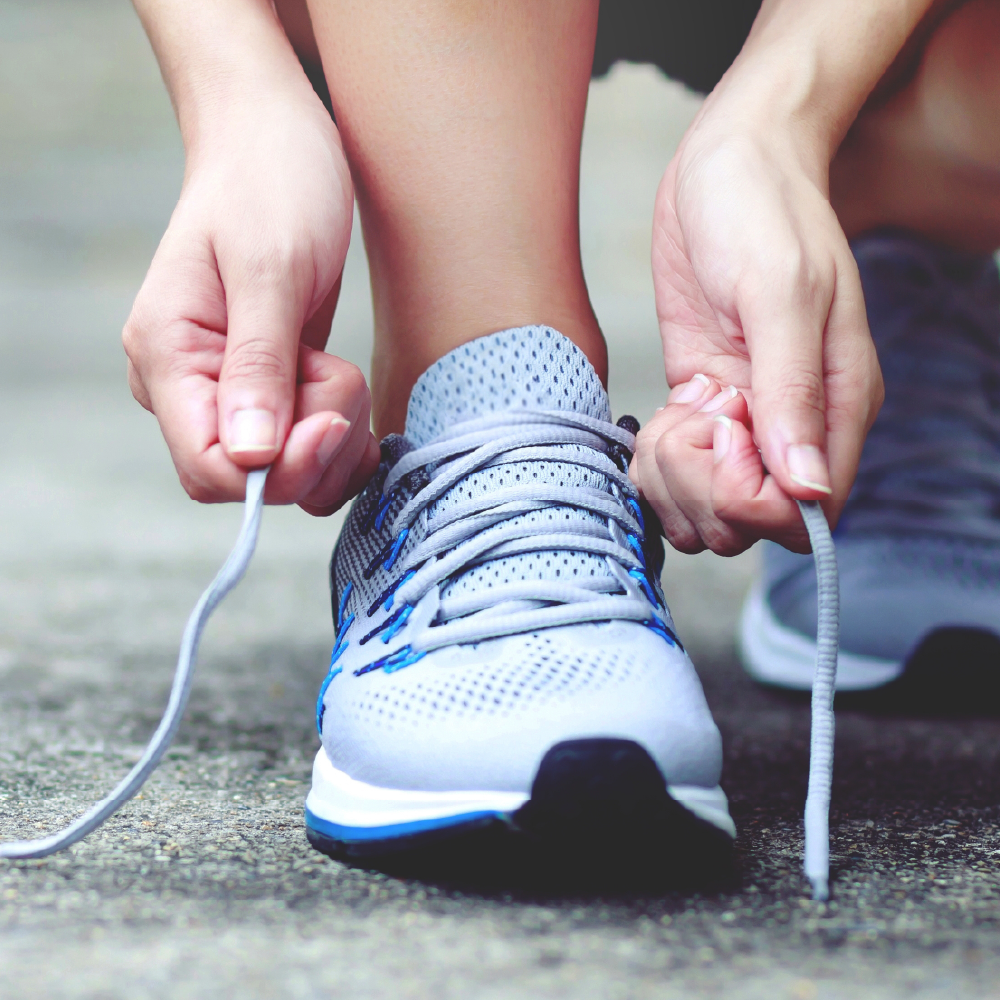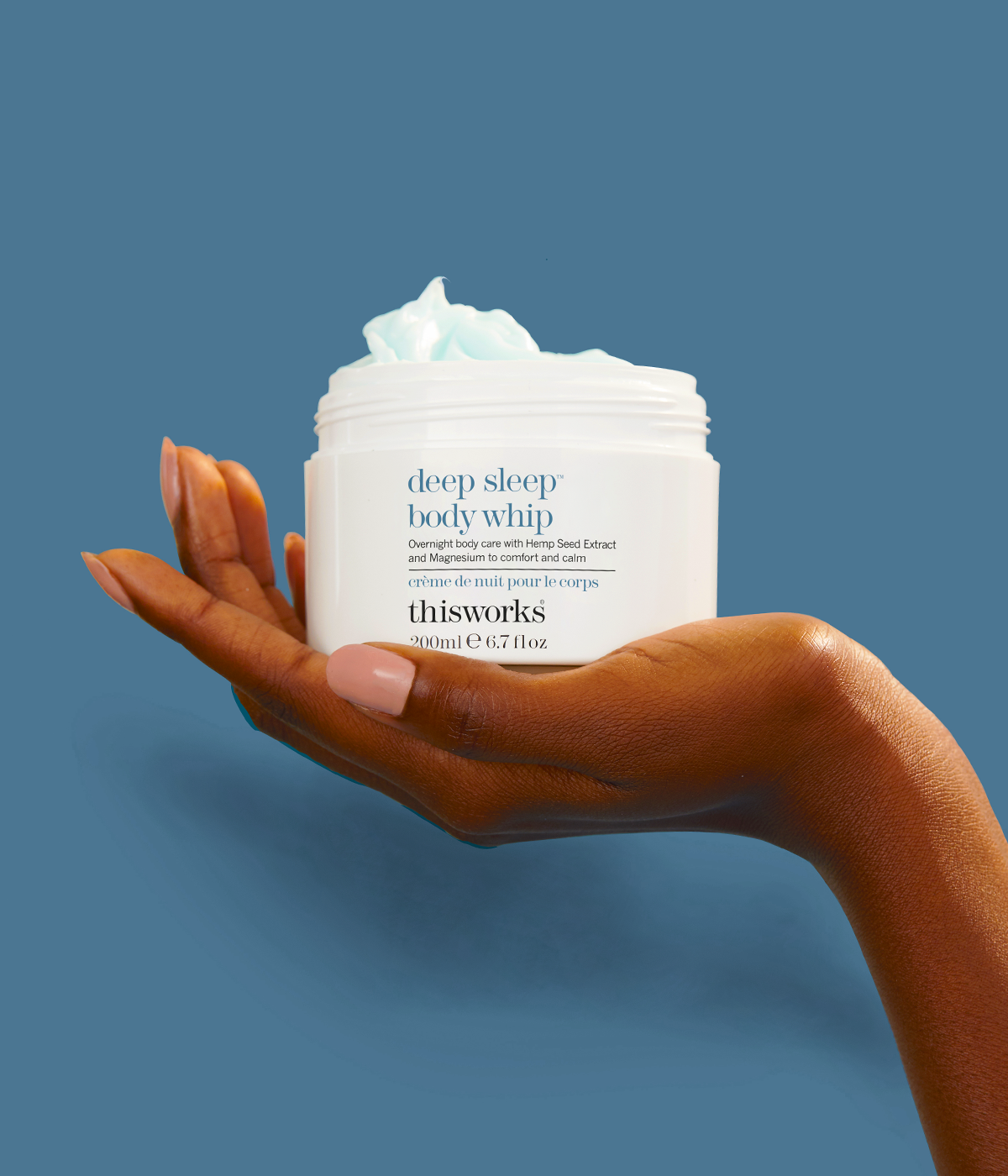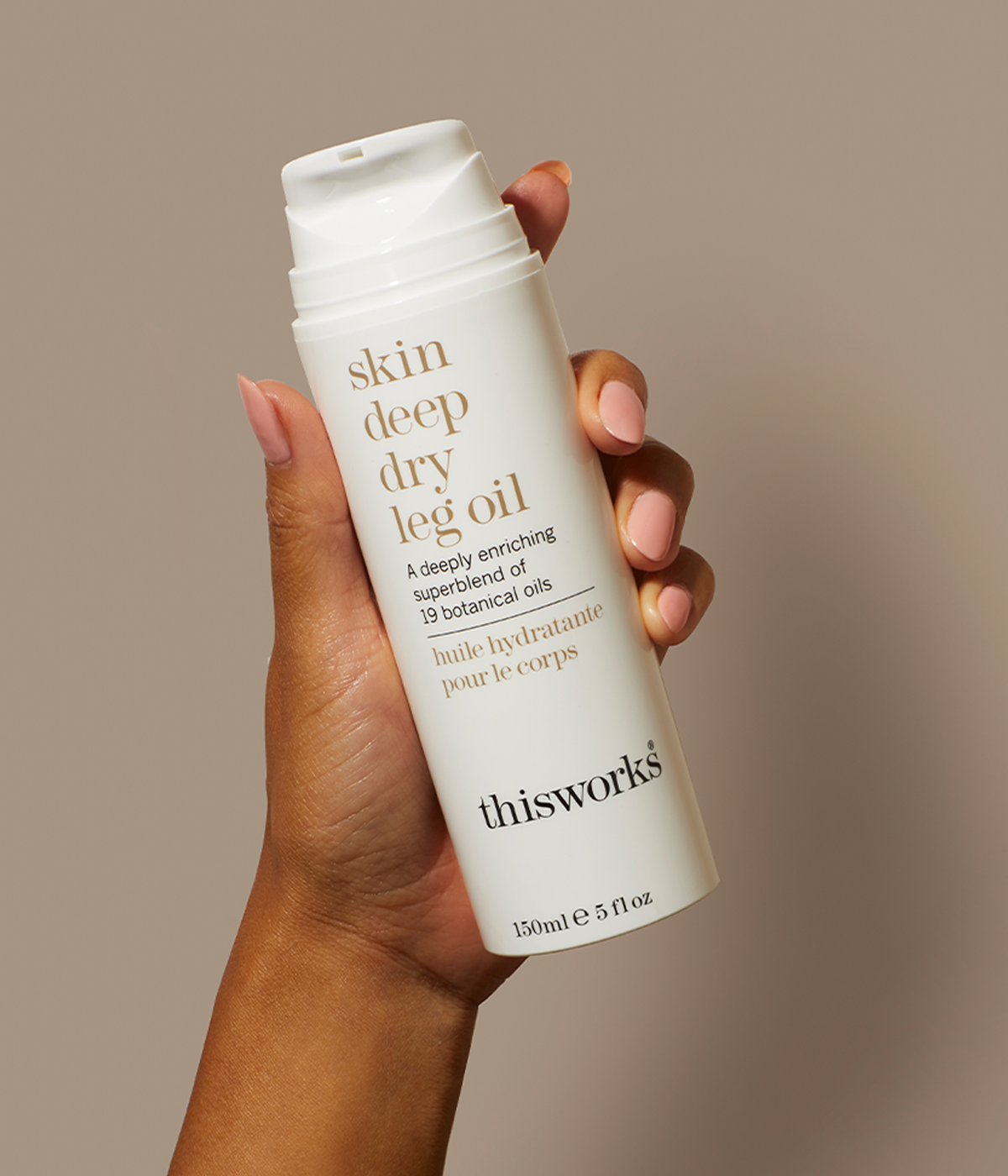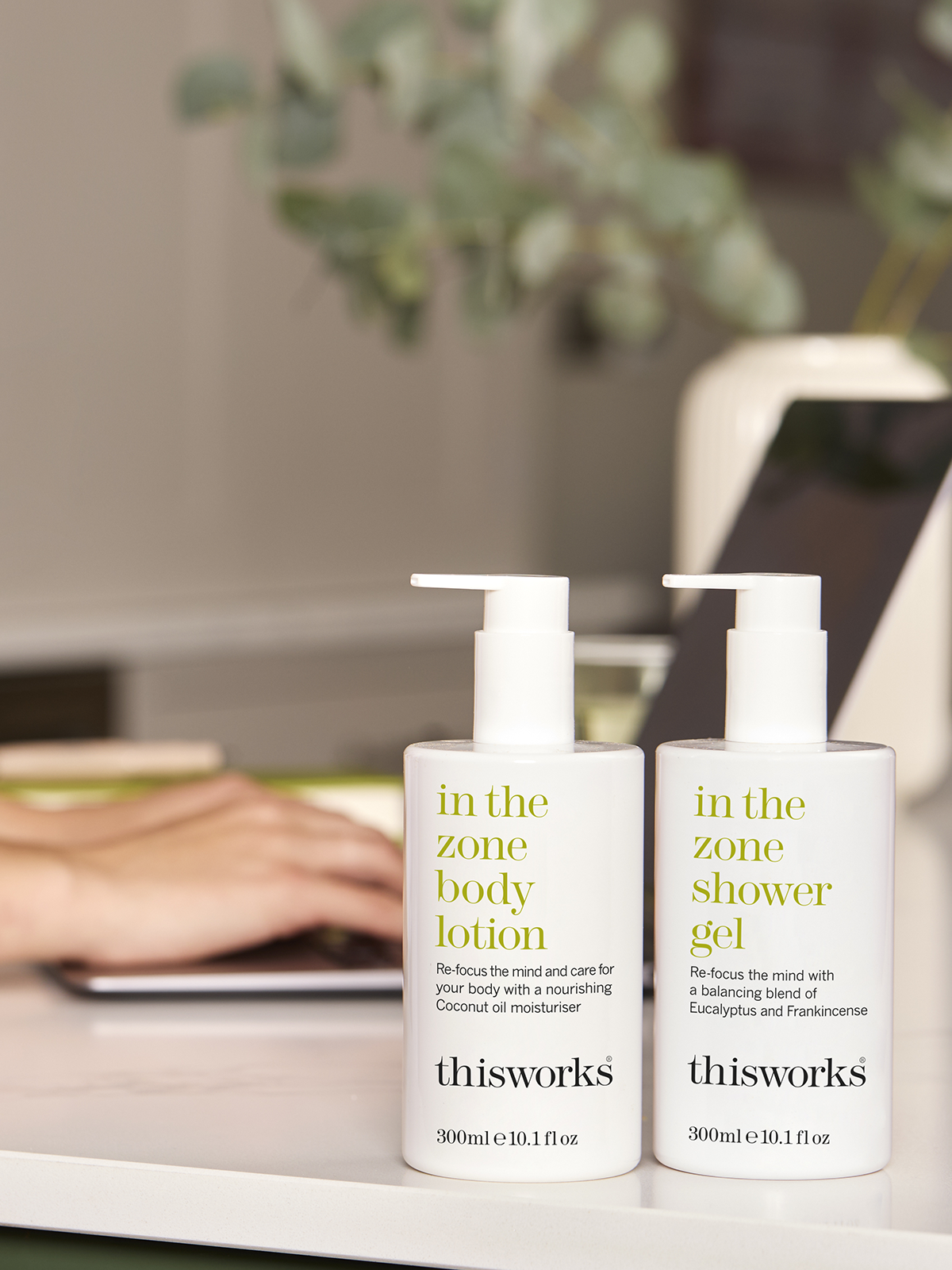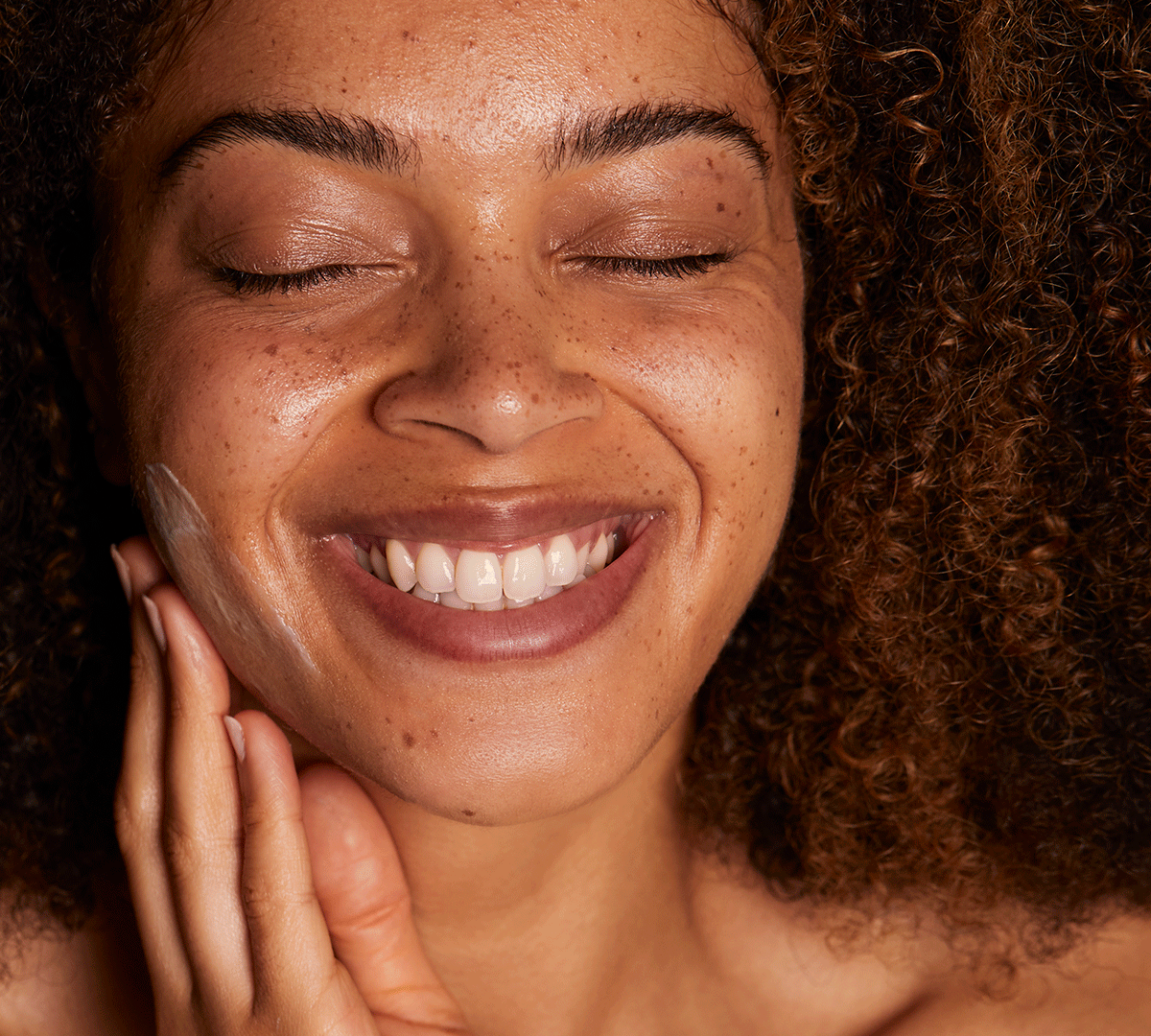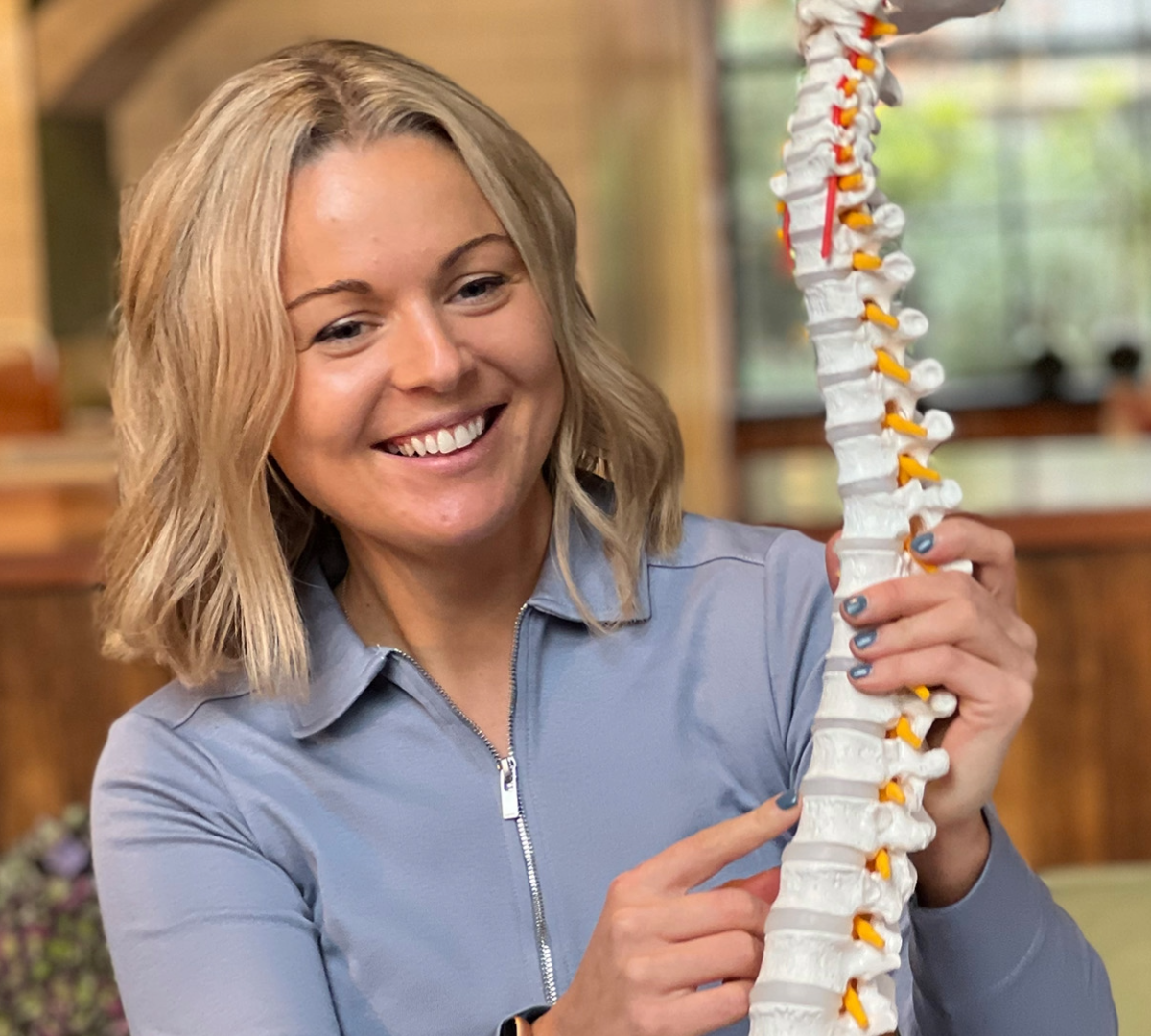time to work out?
Dr Gaby Badre weighs in on how considering the time of day can improve performance, enhance sleep, reduce the risk of injury, and support your Circadian Rhythm.


When it comes to how our bodies work, it's no coincidence that we wake up, feel sleepy, feel hungry, or even go to the bathroom at similar times of the day. These regularities are due to our bodies working on a 24-hour cycle called the Circadian Rhythm. It's regulated by the suprachiasmatic nucleus (SCN) in the hypothalamus, which essentially serves as the body's central pacemaker. Several peripheral clocks within this system send messages to organs, muscles, and the cardiovascular system, governing many critical bodily functions, including body temperature, metabolism, thirst, mood, sleep-wake cycles, and hormone secretion.
So, where does movement come into this? Amazingly, we can sync our external behaviours and habits with our Circadian Rhythm for improved physical output, recovery, mood and sleep - and exercise is no exception. By understanding how movement at different times of day can affect, and even shift, our peripheral clocks, we can plan our exercise and utilise it to improve our wellbeing. It’s also a useful way to enhance our performance, improve metabolism, and reduce the risk of injury.
why is the circadian rhythm significant?
When our internal rhythms are misaligned, by exposure to artificial light, shift work, jet lag, or waking with a baby, we are at increased risk for obesity, cardiovascular disease, and depression. Exercise is a powerful, non-medicated way we can restore synchrony between our biological clocks and environmental cycles.
Exercise itself functions not only as a means to lose fat, keep our hearts healthy and build our muscles, but also as a behavioural cue that can modify the timing of Circadian Rhythms. Exercising in the morning can advance the internal clock. In contrast, evening exercise can delay it, demonstrating that the interaction between the Circadian system and physical activity is bidirectional: the clock influences exercise responses, and exercise can recalibrate the clock. This interaction is the foundation of an emerging ritual of 'chrono-exercise'.
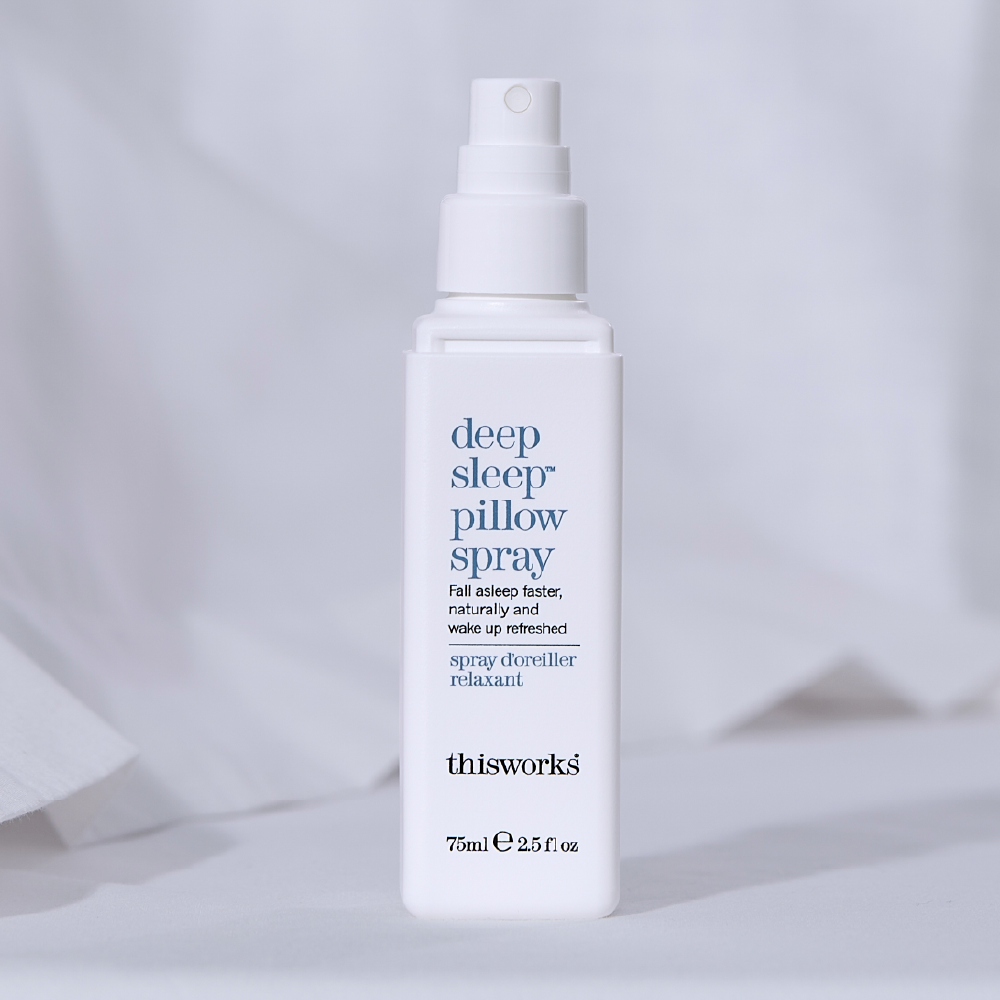
considerations when clocking in for exercise
Many internal factors, governed by our peripheral clocks, contribute to variation in strength, flexibility, metabolism, and recovery capacity. From body temperature to hormonal fluctuations, the outcomes of the same type of exercise can vary and depend on when you do it. Knowing this helps you better understand and tailor your personal movement goals.
Our core body temperature is a reliable marker of the circadian phase we're currently in, and it fluctuates by about 0.5-1.0°C throughout the day. It drops to its minimum around 4–6 AM (which is sometimes why babies, children or even adults will wake at this time if they are cold) and peaks in the late afternoon around 4-7 PM. Why is this important? This back-and-forth influences enzyme activity, muscle contraction speed, and reaction time, which explains why physical and cognitive performance tends to peak later in the day, when our bodies are warmer. Elevated evening temperature contributes to higher maximal strength and endurance. On the other hand, lower morning temperatures increase stiffness and injury risk, so it's important to warm up. If you do experience muscle soreness post-workout, using a product with Magnesium like deep sleep body whip can help relieve aching muscles as you massage it into the skin.
Likewise, hormonal rhythms influence performance capacity. Cortisol (the body's stress hormone) surges and peaks around 30-45 minutes after waking, to promote alertness and energy mobilisation. It mobilises glucose and fatty acids, making it the perfect time to work out for fat loss. A 2025 Randomised Control Trial showed 7% greater visceral fat loss, and 10% higher HDL increases in those who exercised in the morning compared to evening.
Meanwhile, testosterone is usually highest in the mid-morning to early afternoon, which stimulates muscle protein synthesis (the process by which muscle fibres repair and rebuild after exercise), leading to muscle growth and supporting recovery. Growth hormone is released mainly during deep sleep but may transiently rise post-exercise.
It's also interesting to consider when our body is typically in a fight-or-flight or rest-and-digest mode (also known as autonomic tone). As you'd expect, sympathetic activity (fight-or-flight) is high in the morning to facilitate alertness, but this may increase vascular resistance. We experience parasympathetic dominance (rest-and-digest) to promote relaxation and vascular dilation.

circadian phase-shifting and chronobiotic effects
Controlled trials prove that exercising 1-4 hours after waking makes the biggest difference in advancing your natural wake-up time, while working out 8-10 hours after waking delays the clock, pushing bedtime back. Using exercise as a tool to shift your clock is not as powerful as utilising natural light, but paired with light exposure and meal timings, you can create a host of new habits that work together to advance or delay it. Try showering after your workout with a product proven to boost focus and motivation, like in the zone shower gel. It’s infused with Eucalyptus, Patchouli and Frankincense to stimulate the senses, wake you up and refocus the mind.
chronotypes and interindividual factors
Your chronotype is your individual preference for morning or evening activity, and it can also affect performance and adaptation. Morning types are known as larks and achieve optimal results earlier in the day, while evening types, or owls, perform better later. Training misaligned with chronotype can make any exercise feel harder, requiring more exertion and motivation. When working out at a time that really feels right for the type of person you are, you’re more likely to stick to goals and see results.
the effects of timed exercise on your metabolism and sleep
Studies prove that exercise timing can successfully alter your metabolism. In over 30,000 UK BioBank participants, evening exercise is associated with 20% lower mortality and cardiovascular disease risk in obese and diabetic individuals. Morning aerobic training reduced fasting insulin by 10–12%, while afternoon and evening sessions improved postprandial glucose control, demonstrating that exercise is highly beneficial for your heart and gut health, regardless of timing.
When it comes to sleep, exercise benefits sleep no matter what time you choose – as long as it’s not too late in the day. Morning workouts bring bedtime forward and improve how quickly you fall asleep, while evening exercise (completed 4 hours before bedtime) increases total deep sleep and quality. High-intensity or vigorous workouts too late in the day can suppress melatonin secretion, which is our sleepy hormone. By adding a sleep aid like deep sleep pillow spray to your bedtime routine, you can further improve sleep quality, as it uses a clinically proven Functional Fragrance of Lavender, Camomile and Vetivert to activate parts of the brain associated with relaxation and sleep.
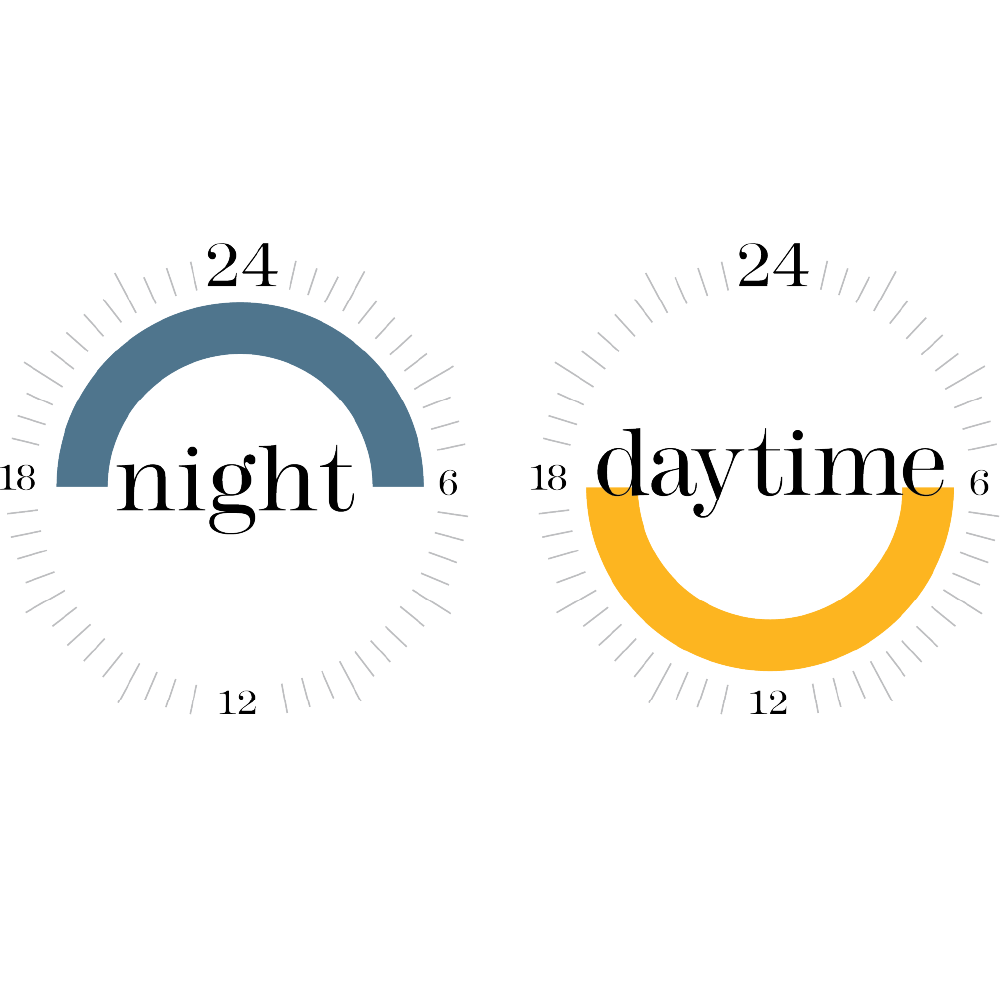
tailor your timings
Here are some bite-sized factors to consider that can help you tailor the type of exercise you enjoy to a time of day that supports it.
- Lifting weights is a great way to support your body at all times of day, but you might find it easier in the afternoon than when you first wake up. Muscle strength, power, anaerobic capacity, and VO₂max are typically 3-15% higher between 4–7 PM compared with early morning.
- Love a HIIT workout? Go for high-energy classes first thing. Morning cortisol supports energy mobilisation, while afternoon testosterone and catecholamine levels favour muscle activation and recovery. Plus, fasted morning movement is the best time for fat loss, due to increased lipid oxidation and cortisol-driven metabolism.
- Jumped on the padel craze? You might find your scores are higher for evening and afternoon games, because increased reaction speed occurs later in the day, driven by higher cortical excitability.
- If you're more into deep stretching and core workouts like Pilates or Yoga, late-day elevation facilitates muscle contractility, elasticity and enzymatic turnover, making it the perfect time to stretch.
- Evening resistance training enhances changes in heart rate, blood pressure, digestion, and breathing, and activates protein synthesis, making the body more sensitive to protein after movement.
- If you love to run, the evening is the best time for cardiovascular health. It’s where you’ll see reduced blood pressure, improved endothelial function, and greater nitric oxide bioavailability.
- Exercising in the afternoon or evening is an excellent time for metabolic regulation or even diabetes, as during this time we see enhanced insulin sensitivity and improved glucose tolerance.
- Morning training anchors the Circadian alignment and better supports noticeable changes in your body composition because it upregulates the process by which fat breaks down in response to oxygen.
- If your priority is better sleep, working out in the morning or early evening supports phase advance or stronger sleep drive – avoid the 2 hours before you get into bed.
put consistency, personal preference and joy first
Matching your timing to your goals and aligning exercises with your chronotype whenever possible is the perfect combination for the best results, as we all enjoy movement when it’s done at a time and pace that suits us. Remember, consistency in any exercise is far more impactful than the exact time on the clock, but avoiding strenuous activity and opting for lighter, lower-impact exercise within 2 hours of bedtime is essential to prioritise sleep. If anchoring your Circadian Rhythm is your primary goal, combining exercise with light exposure and consistent meal timing can reinforce circadian cues. But, most importantly, enjoy it!
